If You're Doing a Shoot, Consistency is Absolutely Key
Today, we've got 4 steps to ensure you're keeping your photoshoot series all in a nice neat line!
Take the scenario when you're at an interview for a job at a magazine, or similar, you’ll be asked to show them a photo series you've shot and edited alongside your original portfolio.
The idea is that Magazines, Blogs, and similar mediums depend on consistency with their photographers.

That is totally understandable, consistency is necessary, and you should be able to provide it as a photographer.
Maybe you would need to do one photoshoot like that for free (you can photograph a friend of yours who wants to be in front of the camera for some cool project of yours) in order to have something to show to future clients.
This says to the client “here's my style and how I work”.
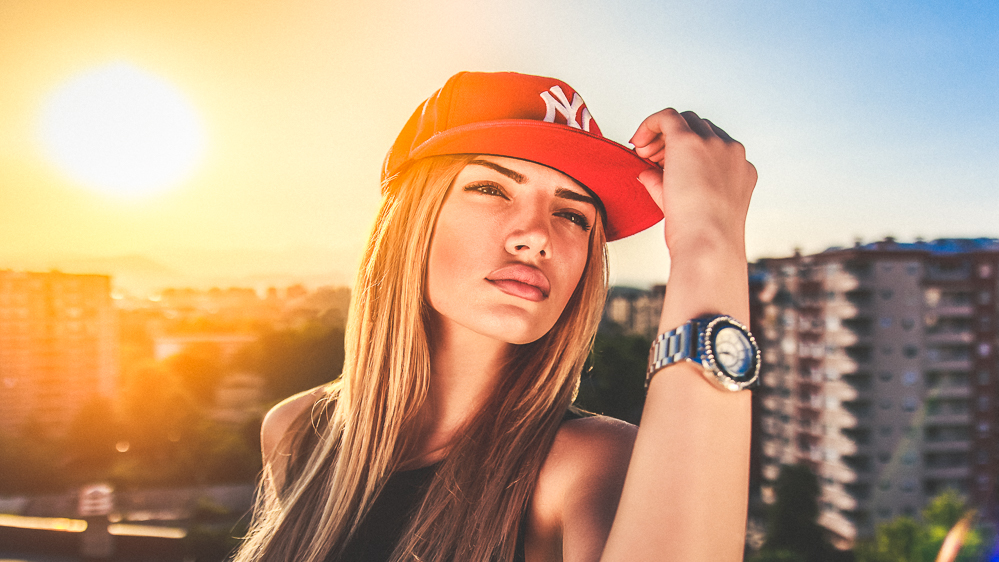
When producing work which demonstrates consistency, it's far more appealing to a client – they can see from a practical perspective, that you're able to stick to a single task. Remember, it's a tight world with little room for error.
If you're just starting out a relationship with a new client, it's unlikely they're going to want to take any risks straight off, they need to trust you and feel comfortable. After this, you can prove more of your creative abilities within a photoshoot.
So, how do you make a photoshoot that provides a consistent result?
Consistency in Photography – Photograph in the Same Conditions
1. Scene
In order to be consistent between images for the series, you’ll need to keep the scene as is. This means pick a location, make it fit your needs and don’t change it during the shoot.
You can change the angle a bit, but not too much so it looks like a completely different location. Of course, you can have the model doing different poses (that’s the idea), however, keep everything within the theme so it can be easily recognizable as a series of photographs, instead of them looking like cool photographs that look alike.
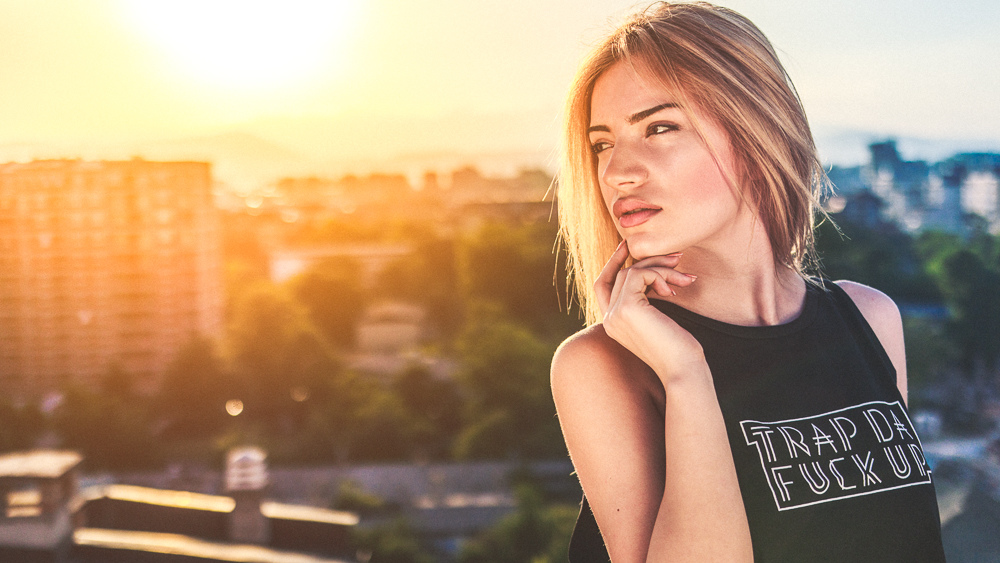
2. Light
If you are photographing in natural light, make sure you are swift enough so it doesn’t change a lot. Since you need consistency, plan for the light changes ahead if you are using natural light.
For artificial light, like strobes and such, make sure you don’t change the setup a lot during the shoot.
Even though it's easier to keep the consistency with the help of artificial light, it's still imperative to remember that if you change your mind halfway through about the light setup, you’ll need to redo everything.
3. Lightroom/Post Production Edits
I would recommend using Lightroom for the most part of the edit, or similar software that will work non-destructively with RAW files, like Capture One for example.
The idea is to be able to edit one picture in your particular style and copy those settings to the rest of the images. Of course, there will be slight differences between the shots, so you’ll have to compensate for that manually.
But still, copying the settings makes the workflow faster, rather than applying them manually – it also ensures you won’t deviate from the visual style.
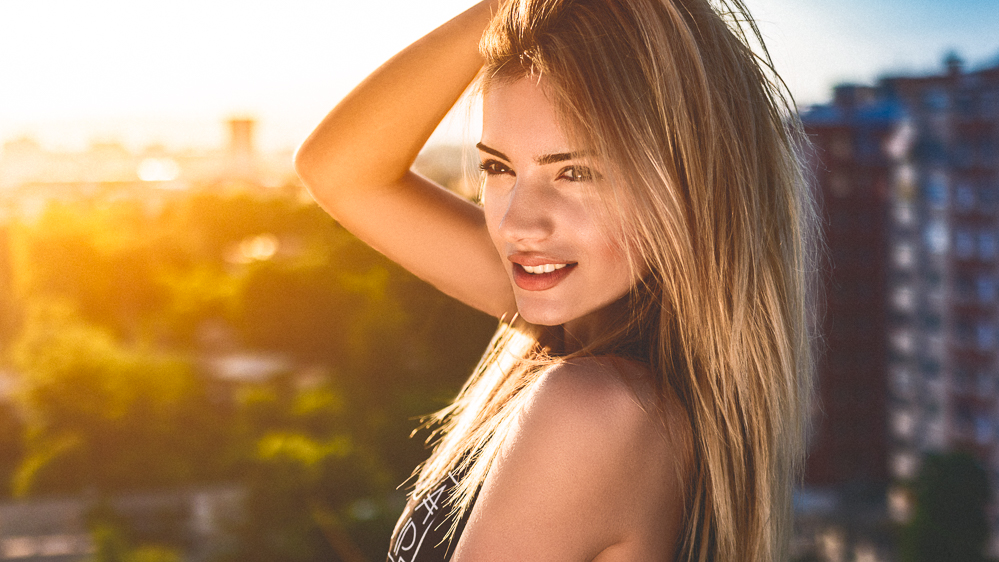
4. Photoshop Edits
It's likely you'll need to post process the images to remove any imperfections etc. But you’ll need to be extremely careful in doing so and consistent with the editing too.
For example, if you remove a birthmark in one of the pictures, but you forget to remove it in the other (particularly if it's small), you have an inconsistency issue which can cost you.
You’ll have to be detail-oriented here. If necessary, write down everything you remove (a simple but huge safety tip I do personally).
Additionally, any tonal changes must be consistent, so make sure you do that properly too.

Summary
When you're finished with everything, leave that set alone for 24 hours, then come back and take a look. Is everything consistent and in order? If so, you are set. If not, fix it.
All you need to remember is that you need to have your attention focused on the details because everything matters. Of course, different projects will allow for different sets of deviations between the images, but more or less the principle is the same.
As an added bonus, doing series of photographs will train you to work in more difficult scenarios and produce more images per idea, instead of focusing on just two or three tops.
Since the shoots will be longer, you’ll improve your communication with the models and assistants for the given project.
These can often be relatively high pressure and that will help you improve your decision-making process, thus improving your final product. This proves to potential clients you're able to think on your feet and produce results, consistently.
Consistency in Photography – Top Takeaways
- Pick a location and stick to it. This doesn't mean you can't explore loads of cool and creative angles/composition techniques, but you want to demonstrate that from the same point, you were able to capture some great images from the same spot – this requires skill and it'll show!
- If the light you're using is artificial, ensure you hold onto temptation to change things up half way through a shoot. It often only means starting the shoot from the beginning because things will look too different in your photos.
On the other hand, if you're utilizing natural light, ensure you know approximately how long you have until it changes.
Further Resources
- How to Choose a Location That’s Right for Your Photography by Dzvonko Petrovski
- Artificial, Natural, or Available Light? Finding the Light That’s Right for You by Dzvonko Petrovski
- 7 Essential Considerations for a Winning Photo Portfolio by Jason D. Little
Further Learning
Even if you're starting out as a photographer and are not quite at this stage yet of attracting clients, there's still lots to learn and take away from professionals.
In the meantime, you might want to consider an Introduction Into DSLR Photography. You’ll learn the basic techniques you need to take control of your DSLR camera and become a more confident photographer.

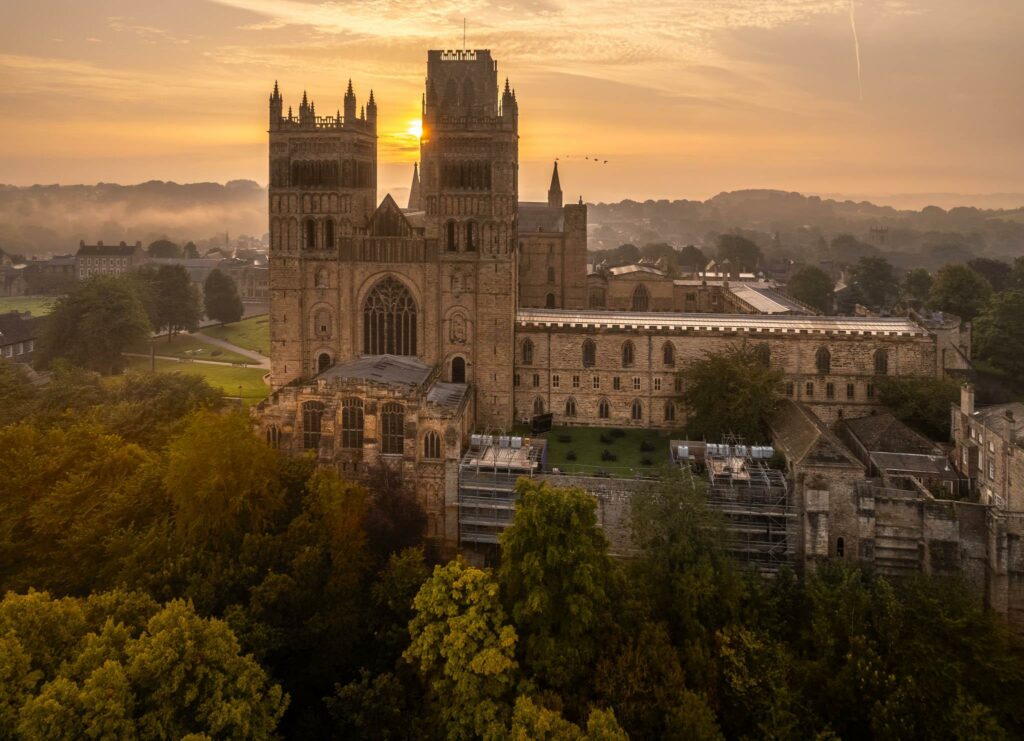
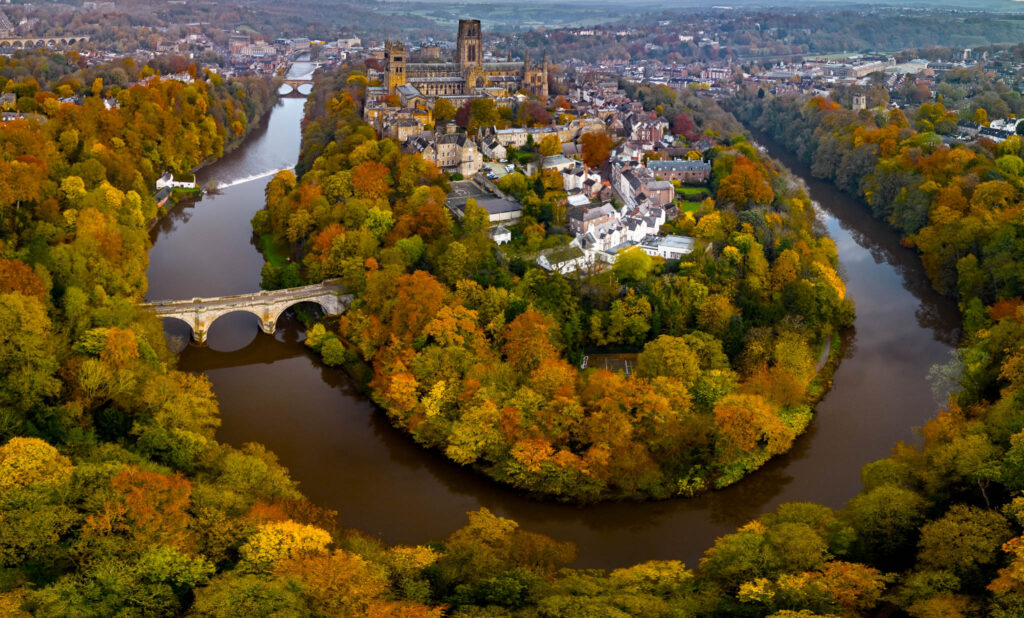
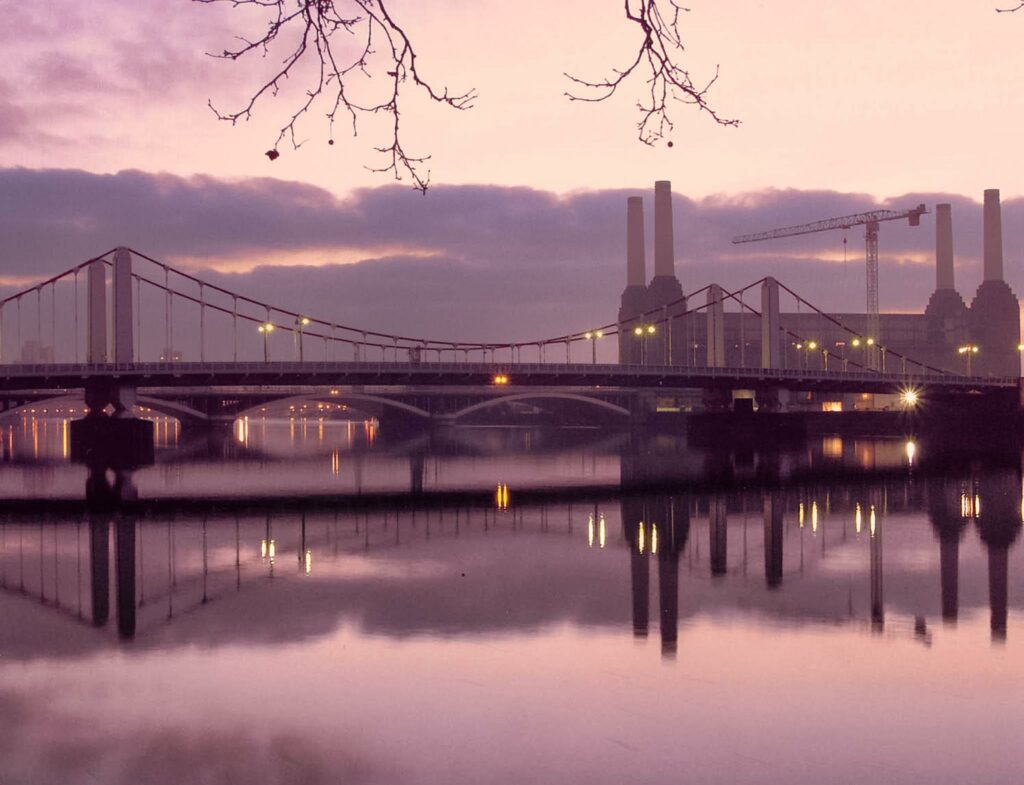
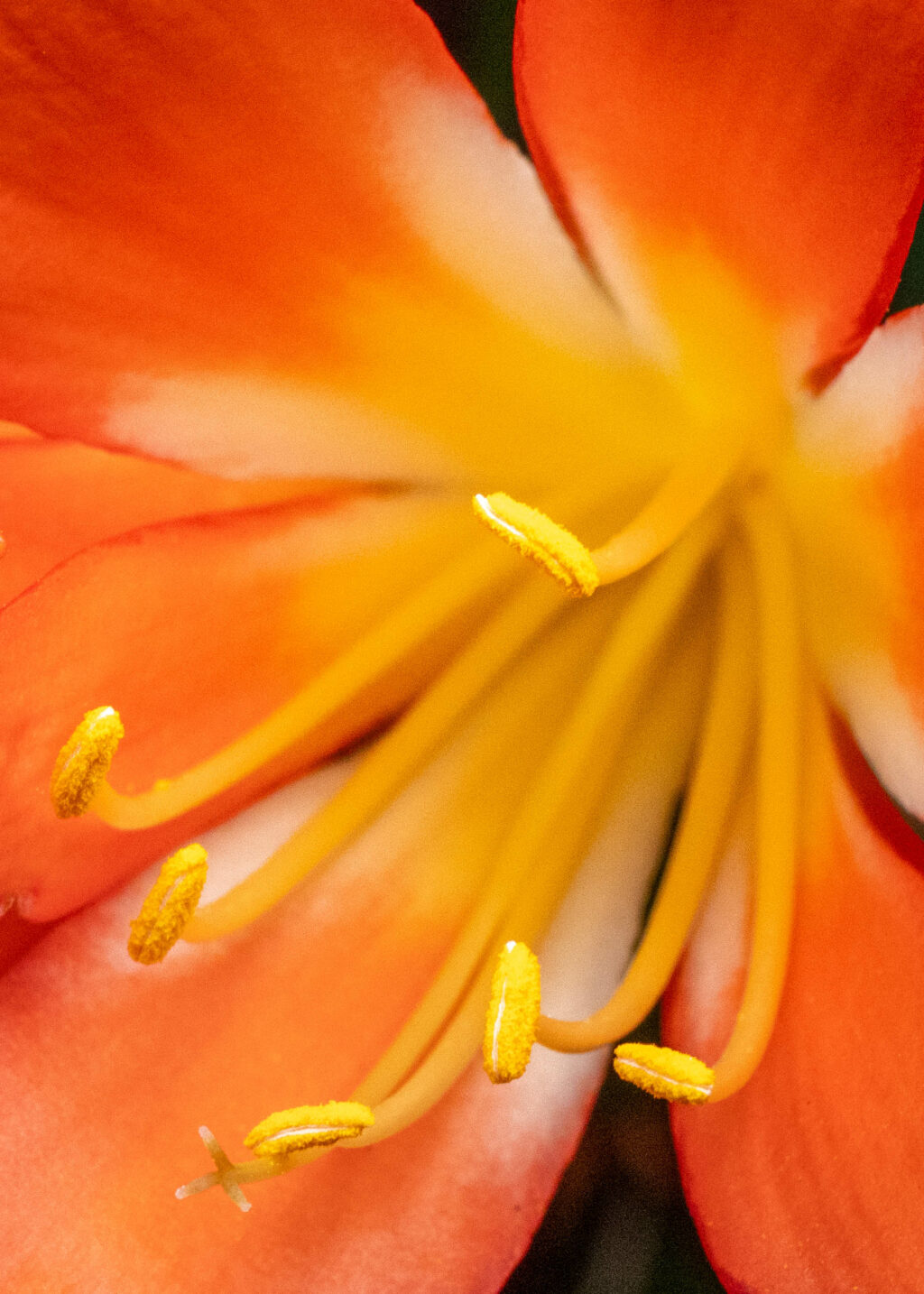
1 Comment
Showing an image with F-bomb on model’s top seems rather risky & inappropriate for a new client.